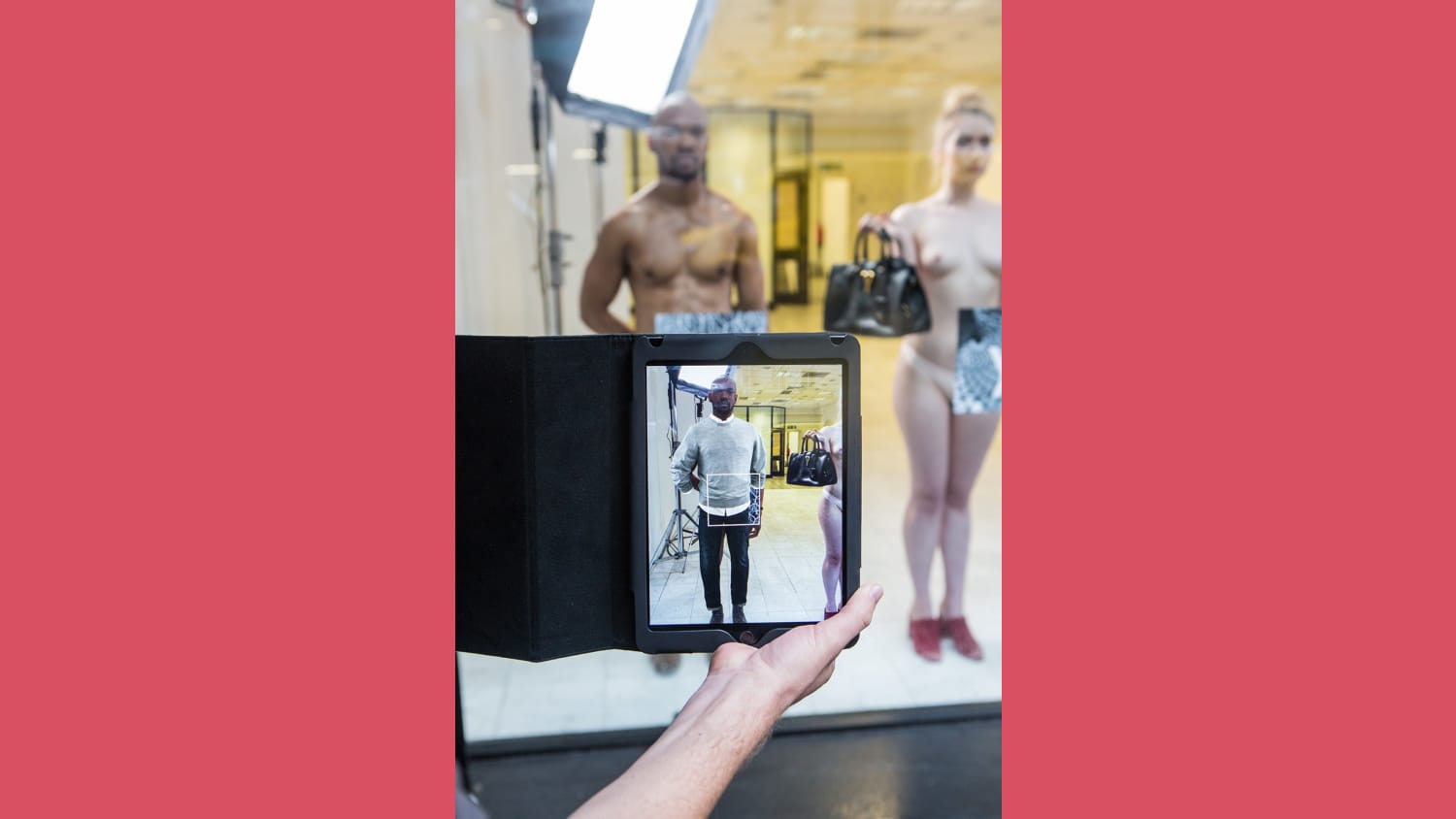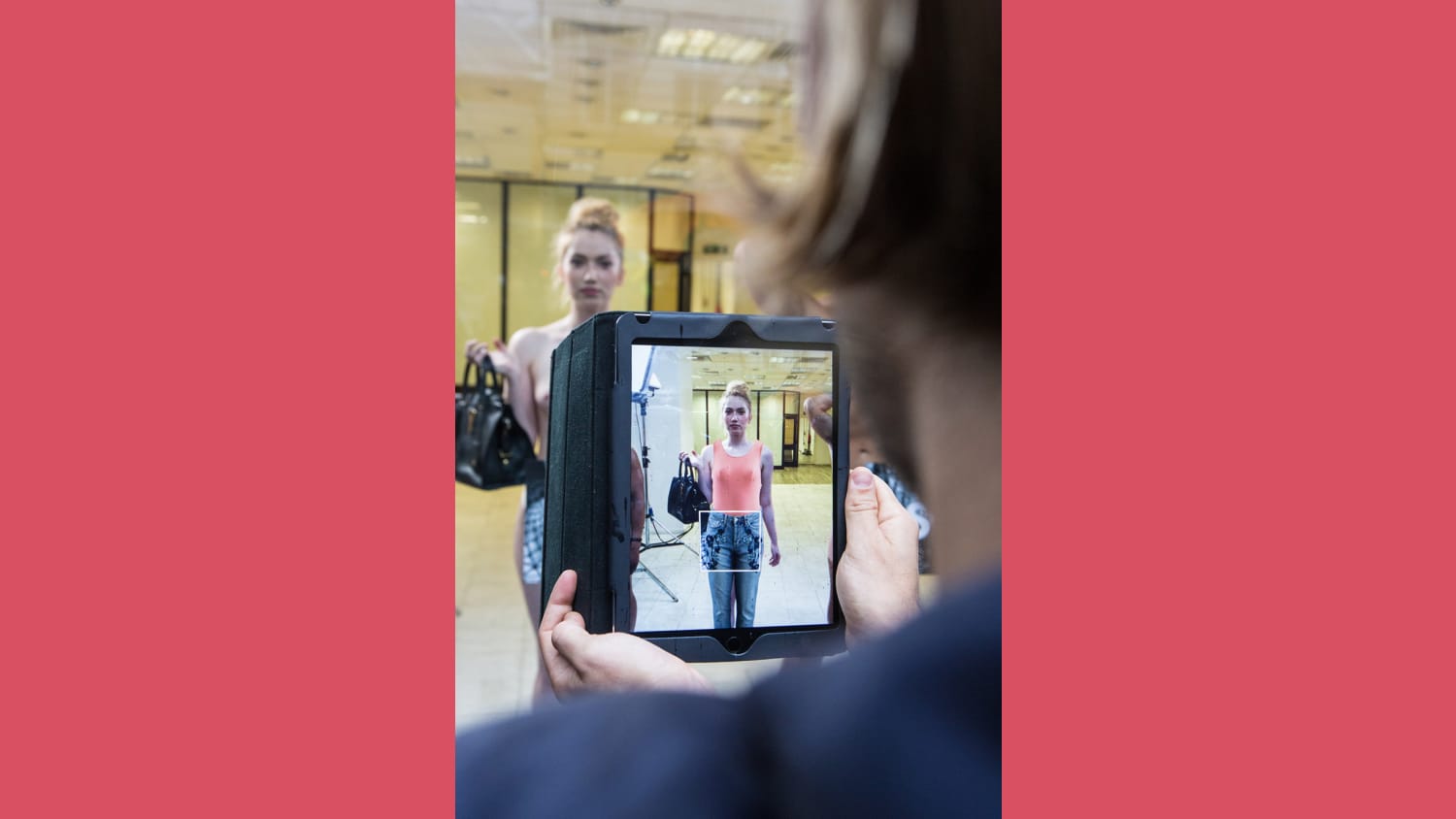In January, the BBC heralded 2016 as “the year when VR goes from virtual to reality.” But it’s another technology, often discussed in the same breath, that has truly gone viral: the surprise success of Pokémon Go has put augmented reality, or AR, in the pockets of millions.
As Pokémon Go again rises to the top of the app-download charts in advance of its plans for a special in-app event centered around Halloween, massive technology companies and creative agencies alike are taking a fresh look at AR and its potential commercial applications.
Apple is rumored to be planning a major AR push. The company’s new iPhone 7 Plus has two cameras, which would allow the device to intelligently sense depth and vastly improve its capacity for AR applications. Without announcing specific plans, Tim Cook gushed about AR in a July earnings call: “We are high on AR for the long run, we think there’s great things for customers and a great commercial opportunity.” Meanwhile, Alibaba has created a location-based AR mobile game to promote its upcoming Singles Day shopping event.
But why do AR? Experts caution against adopting the technology for its own sake. “The geolocative technology has been around since 2010, but people haven’t really found a use case for it until Pokémon Go,” says media artist Tamiko Thiel. “The question is, what will they find that really makes use of it?”
Thiel recently created Gardens of the Anthropocene, an installation for the Seattle Museum of Art that envisions a future environment transformed by climate change. Visitors to the museum’s Olympic Sculpture Park could peer through their digital devices and see a digital overlay of lurid tropical vegetation.





